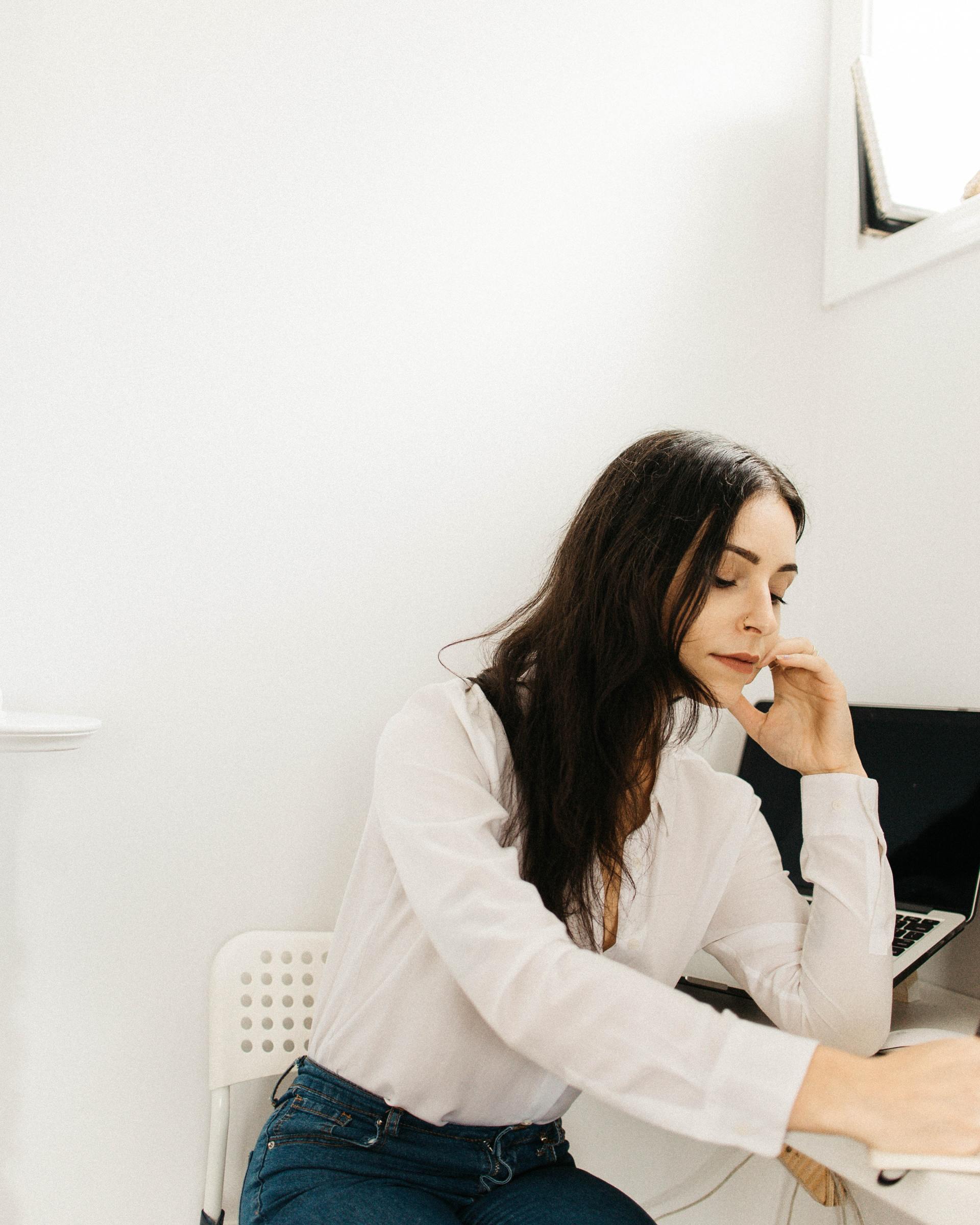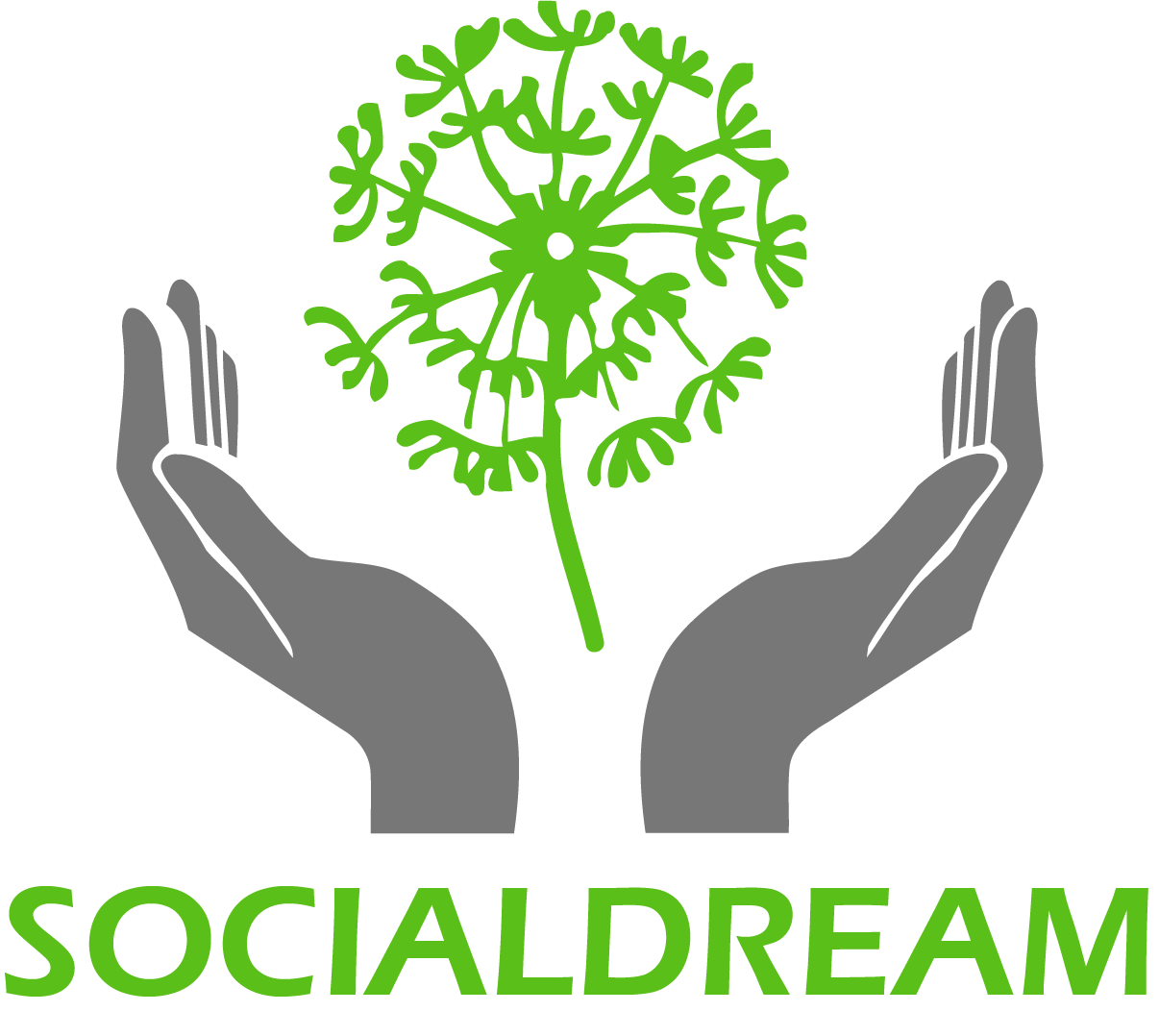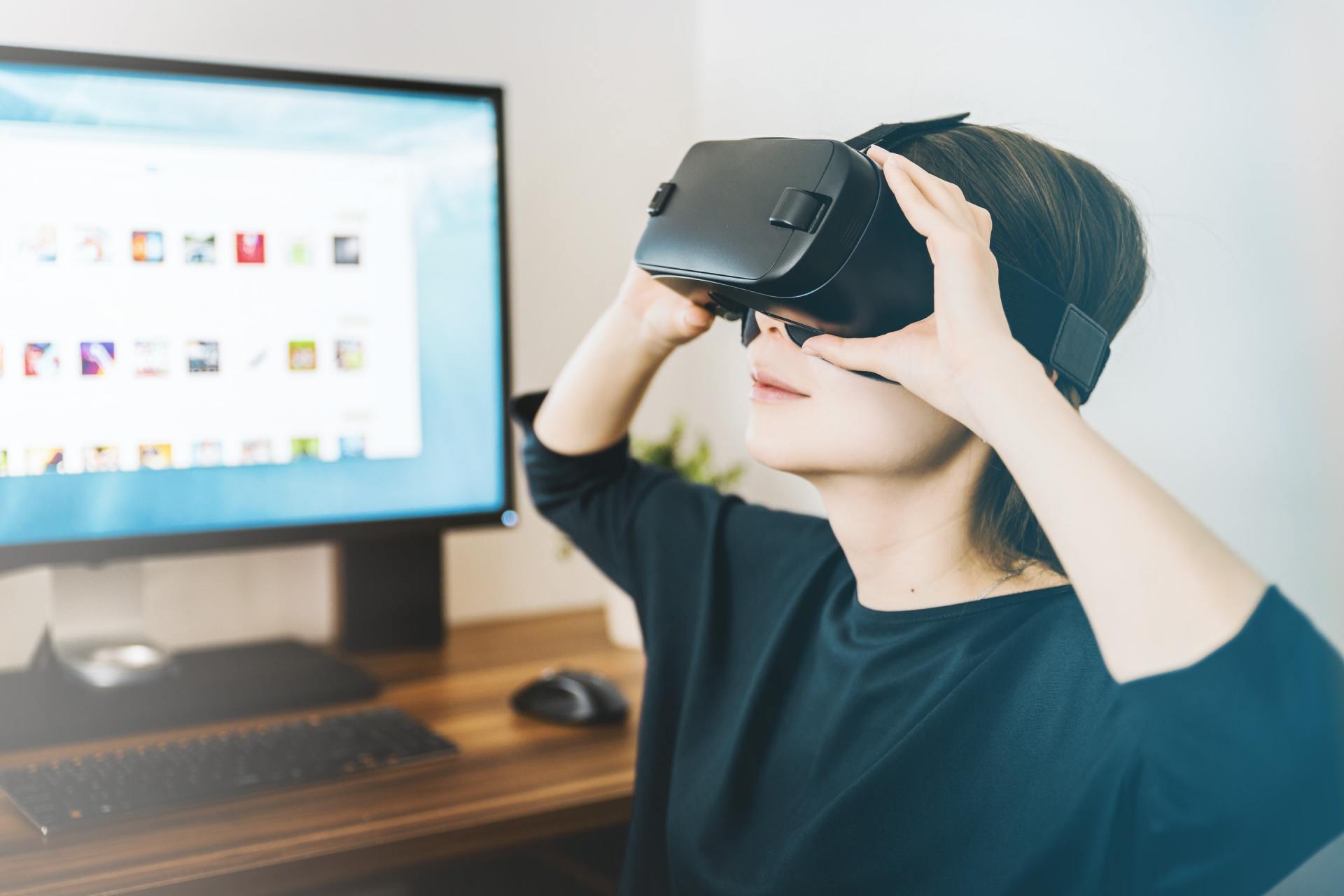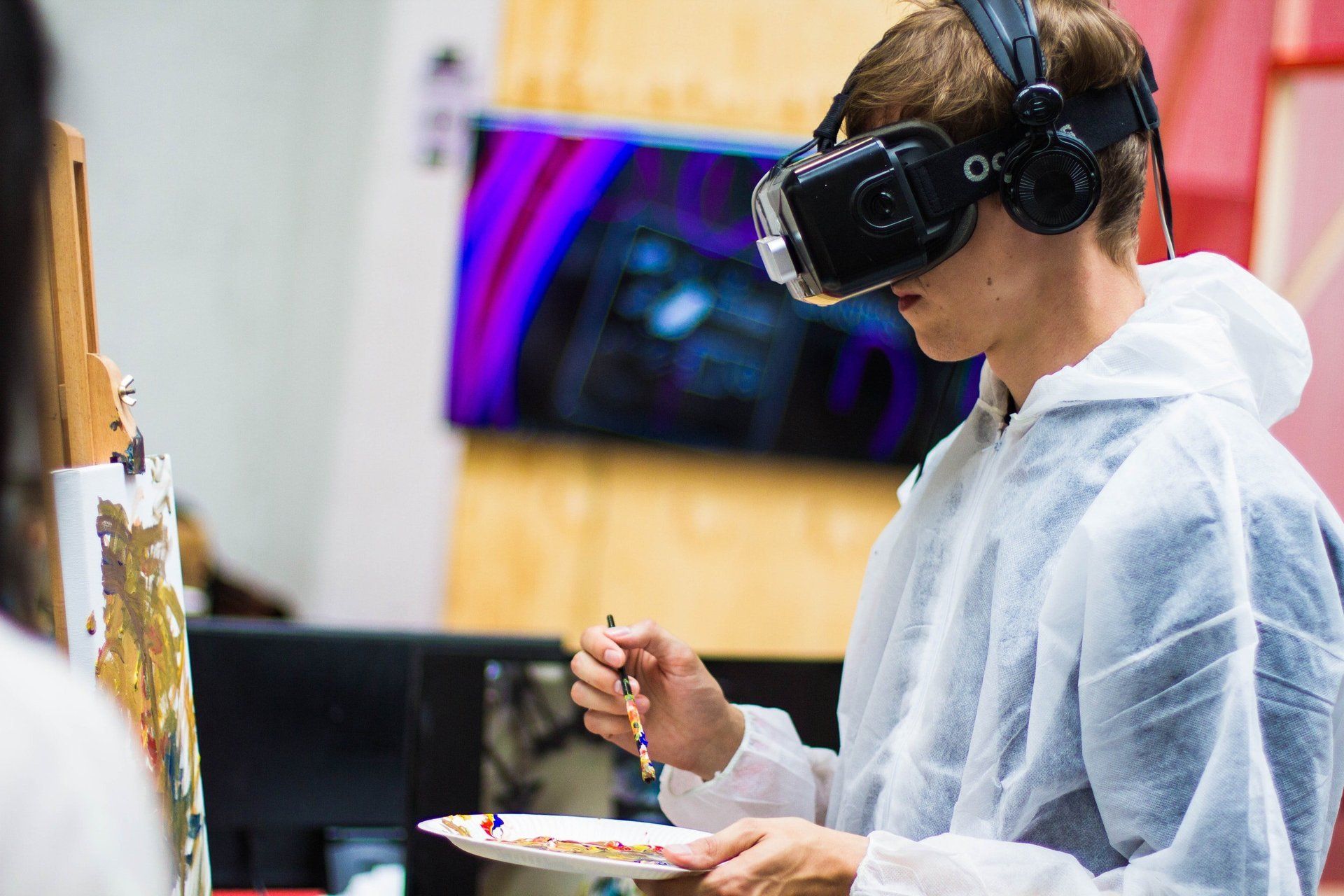SOCIALDREAM
accompanies you to reconnect the most fragile to life!
Thanks to virtual reality we achieve several objectives:
01
Get away ... break with isolation
02
Stimulate cognitive functions
03
Pushing the limits of rehabilitation
04
Search for non-drug solutions
Get away ... break with isolation
Socialdream proposes to adapt the possibilities of virtual reality to the needs of the disabled, elderly, disabled, isolated or hospitalized. Visiting a remarkable heritage place, wandering in a magnificent natural space, attending a known regional event are all living and stimulating experiences that become accessible again thanks to our system and our support. For people with motor disabilities or suffering from sclerosis in plates, the projection of films with strong feelings or not, are means to find lost feelings. The exchange with the companion is also a way to bring soothing and relaxation.
Stimulate cognitive functions
We work with geriatricians, researchers, doctors and psychologists to make it a non-medicated care integrated into a therapeutic environment intended for neuroevolutive diseases. People with Alzheimer's and related diseases are much more receptive to the immersion offered by virtual reality. This promotes in them, a reminiscence, a rediscovery of the environment, a recollection of memories and sensations. For Parkinson's disease, immersion in the virtual image stimulates the brain in the same way as physical exercise. Virtual immersion helps stimulate cognitive functions but can also accompany treatment or an examination, or even relieve pain.
Pushing the limits of rehabilitation
Thanks to the interaction that can be added to videos, practicing movement in an adapted environment allows you to increase its scope. Thus virtual reality becomes an effective rehabilitation tool. People who have already had the chance to use this process express that the use of virtual reality, "fun and stimulating" gives them a new motivation to mobilize their body. The brain is like "deceived" and thus seeks other solutions to reach the expected objective. "In reality, gesturing is tiring. If I can I avoid walking. But with virtual reality, it is the reverse! "

The utility of Virtual Reality, seen by Mégane Aubriot Student in 4th year of physiotherapy in Grenoble. The subject of my final dissertation concerns the contribution of virtual reality in the rehabilitation of the balance of patients after a fall. I work in collaboration with the SocialDream team and follow them in their project. During a day of tests I could see what could consist of the installation necessary for the use of VR in a rehabilitation session. I was thus able to grasp the difficulties faced with new technologies to master, but above all the immense potential of this tool. Whether for neurodegenerative pathologies, balance problems or trauma, the possibility of exercises and simulations is immense. In addition, thanks to limb tracking with infrared sensors, a lot of data could be recorded on walking, posture, joint amplitudes, etc. VR could therefore also be used in the context of stocktaking, monitoring progress and research. The importance of multidisciplinarity (physiotherapist, occupational therapist, psychomotor therapist, engineer, computer scientist, etc.) in the use of this tool is undeniable, each providing relevant remarks for the progress of this project. Having tested the device, I was seized by the sensory immersion that comes out despite the 3D image. Contrary to the often cited preconceptions, the therapist has its place even with this immersive device, in particular to secure, guide or reassure the patient. The interactivity of the scene allows the therapist to choose what he wants to work on and the difficulty of the exercise. The session is fun while allowing to work a multitude of parameters.











